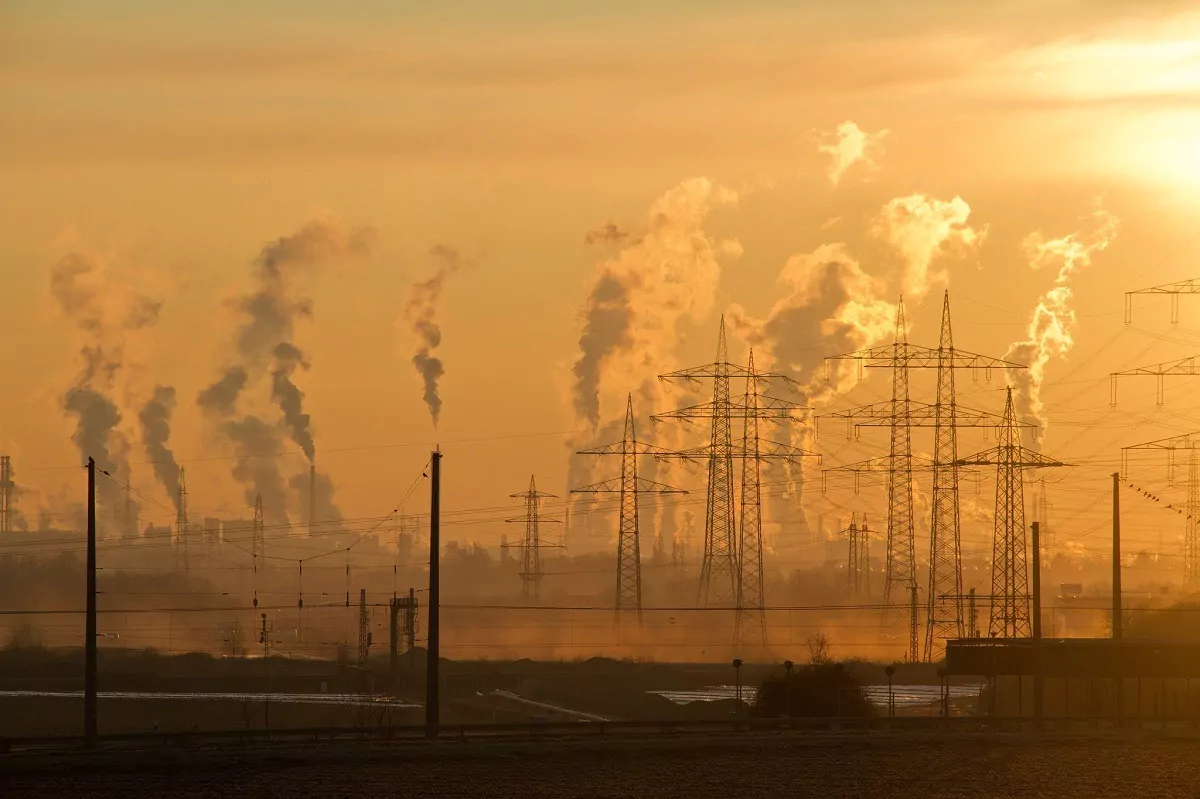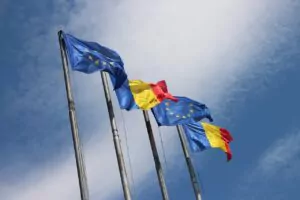The European Commission on Wednesday proposed an ambitious package of measures to meet the EU’s climate goals, along with a distribution of national greenhouse gas reduction targets on which the 27 member states will have heated debates, Reuters reports, as related by Agerpres.
Urmărește mai jos producțiile video ale Economedia:
- articolul continuă mai jos -
Among the measures proposed by the EU executive to achieve the target of reducing greenhouse gas emissions by 55% compared to 1990 and achieving climate neutrality in 2050 are increased costs for CO2 emissions from heating, transport and industry ( including by reforming the EU Emissions Trading Scheme (ETS), taxing fuels for air and sea transport, banning the sale of new diesel and petrol cars in 2035, increasing the use of renewable energy sources (with a target of 40% of EU energy to be produced from renewable sources by 2030) while reducing energy consumption, aligning fiscal policies with the objectives of the European Green Pact, carrying out afforestation campaigns, etc.
The current European rules are based on the old goal of reducing pollutant emissions by 40%. Therefore, the plan presented by the European Commission on Wednesday includes increases in national targets for all Member States. Each of them will have to reduce its CO2 emissions in the specified sectors – including transport and home heating – by a measure calculated on the basis of GDP per capita, which means that richer states will have higher targets than those. poorer. However, the emission reduction targets for the latter have been increased by percentages close to the former.
Thus, Germany, Denmark, Finland, Sweden and Luxembourg will have to reduce their emissions by 50% by 2030 compared to 2005, their current targets being between 38% and 40%. During this time, the target for reducing these emissions will increase in the case of Romania from 2% to 12.7%, that of Hungary from 7% to 18.7%, of Poland from 7% to 17.7%, of the Czech Republic from 14% to 26%, and of Bulgaria will increase to 10% compared to the current target of 0% which in the case of this country only means not to increase its emissions.
The European Commission warned that the plan presented on Wednesday will involve a profound transition, with major structural changes in a very short time and will lead to the transformation of the EU economy and society in order to achieve ambitious climate goals. This plan will be negotiated with the Member States and the European Parliament.

 Sursa foto: Pexels
Sursa foto: Pexels





























